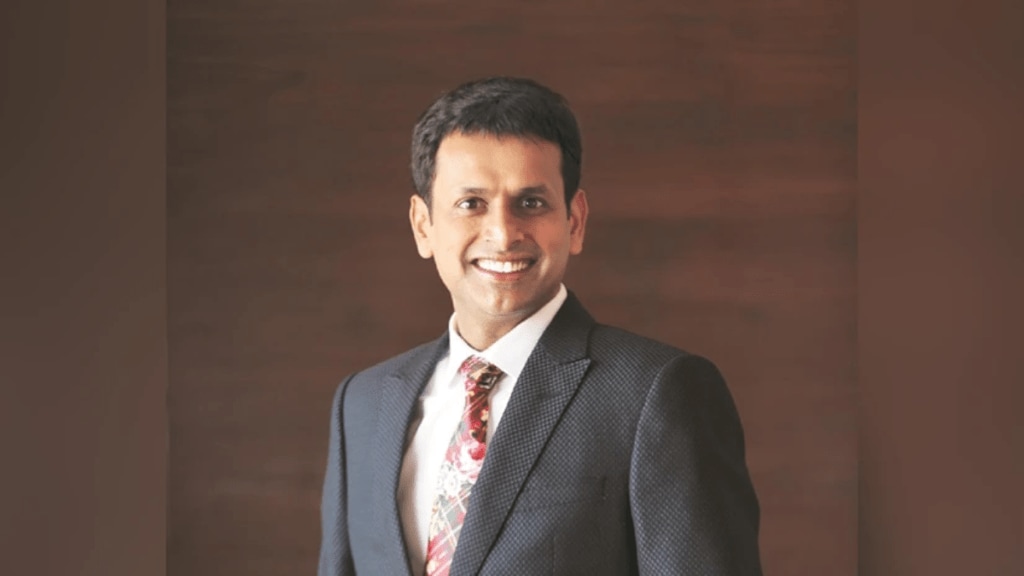Avaada Group, which recently opened multiple solar plants in Maharashtra, has also signed a Rs 5,000-crore deal with the Bihar government for 1-gigawatt renewable energy projects. Chairman Vineet Mittal speaks with Raghavendra Kamath about the group’s plans and the recent developments in the renewable energy space. Excerpts:
How will the recent cut in GST on solar cells & other products impact the sector and Avaada in particular?
The reduction of GST on solar cells from 12% to 5% is a game-changer. It addresses the inverted duty structure, lowers project costs, and strengthens the Make in India push. For Avaada, this aligns with our integrated approach—making projects more viable, reducing capital costs, and encouraging deeper investments across solar and hydrogen. Together with reduced GST on electrolysers and hydrogen equipment, this creates a cohesive policy framework that accelerates India’s 500 GW renewable target and National Green Hydrogen Mission.
Will the GST cut reduce dependence on China?
This reform narrows the cost gap with imports, strengthens the domestic value chain, and supports the creation of green jobs. By incentivising local manufacturing of solar products and electrolysers, India is laying the foundation to not only meet domestic demand but also emerge as a global hub for clean energy equipment. This will gradually reduce dependence on imports and position Indian manufacturers to compete internationally—both in projects and equipment exports.
What are your plans in solar cell and module manufacturing?
We are building a fully integrated green energy value chain, anchored by advanced N-Type TOPCon solar cells and modules. This technology ensures higher efficiency, better reliability, and longer performance—crucial for both utility-scale projects and distributed solar. Our current manufacturing capacity stands at 8.5 GW of modules and 6 GW of cells, with facilities in Uttar Pradesh and Maharashtra designed for scalability. Avaada has produced 720 Wp modules, which deliver substantial BOS (balance of system) and land-use savings for developers. Our flagship facility at Maharashtra, equipped with state-of-the-art automation and smart energy systems, achieves a takt time of just 16 seconds—demonstrating our focus on quality and efficiency.
Avaada was in talks with global lenders such as Standard Chartered and SMBC to raise over $1-billion project finance debt. What is the update?
We are making conscious efforts to broaden our project finance partner pool and are in discussions with a list of multinational banks and are confident of closing the round in the coming quarter. The strong interest from global lenders reflects both Avaada’s track record and the attractiveness of India’s renewable energy growth story.
Reports said that in some states, over 2,700 licences and approvals are required to set up a solar plant. What is your experience?
Developing solar, wind, or storage projects in India involves securing a wide spectrum of approvals—ranging from basic corporate registrations and GST to project-specific permissions like connectivity agreements, CEIG/CEA clearances, and metering schemes. Additionally, multiple NoCs are needed, including forest and groundwater approvals, power line crossings, panchayat resolutions, and even consents from the defence ministry, railways, or AAI depending on location. While each approval has its rationale, the cumulative effect can delay project execution. The figure of 2,700 approvals seems exaggerated, but the underlying challenge is real. Encouragingly, the central government has been proactive in reducing compliance burdens and pushing for single-window, digital clearance mechanisms. Streamlining these processes will be key to accelerating renewable deployment and lowering transaction costs.
Experts say depressed merchant power prices will impact new solar plants and PPAs. What’s your take?
The softness in merchant power prices has been visible primarily during peak solar hours, accentuated this year by unseasonal, extended rains reducing demand. However, the medium-term trend is upward, driven by post-Covid industrial recovery, local manufacturing under Atmanirbhar Bharat, and strong policy support. Within the renewable energy basket, solar remains the cheapest source of power. FDRE (firm and dispatchable renewable energy) bids are nearly half the NPV (net project value) of new thermal capacity. Storage solutions will soon allow solar to meet peaking demand, further strengthening its economics. States like Gujarat and Maharashtra are leading with large-scale auctions, and once BEE enforces the Energy Conservation Act for RPO compliance, we expect PPAs to accelerate across India. Solar-plus-storage will dominate the energy mix, going forward.
What progress has Avaada made on green ammonia and hydrogen?
We are advancing steadily on our green hydrogen and ammonia roadmap. Our 0.5 MTPA green ammonia facility in Odisha is a flagship project—already securing India’s first design-stage certification and state-level grid banking approval. We have partnered with Casale SA of Switzerland for the ammonia synthesis loop, ensuring access to globally proven technologies. Our approach is to build scalable, bankable projects that serve both India’s decarbonisation goals and global demand for green fuels. Going forward, our focus will be on expanding capacity, deepening technology partnerships, and building an integrated supply chain to make India a leading supplier of green hydrogen and ammonia.
